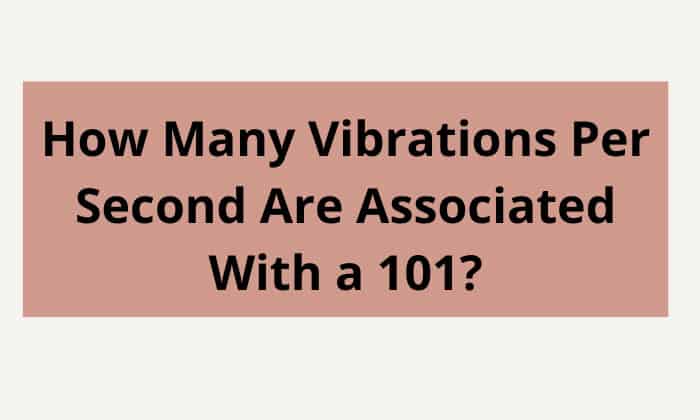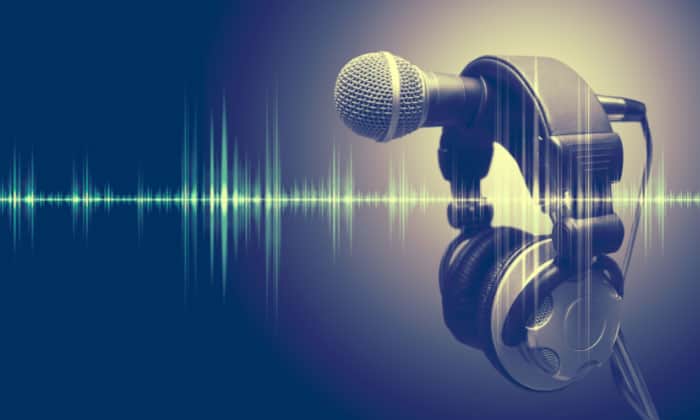Radio waves can be confusing, especially for those who do not have a technical background. Among others, this is one question I often hear – how many vibrations per second are associated with a 101-MHz radio wave?
In this article, we’ll talk about the answer to the question above and some things you need to know about radio waves.
Table of Contents
How Many Vibrations Per Second Are Associated With a 101-MHz Radio Wave?
A 101-MHz radio wave generates 101,000,000 vibrations per second. The computation is rather simple, which we’ll explain later.
What is MHz in Radio Waves?
First, let’s talk about what MHz is and why it matters. Why are we even talking about it, and why bother computing vibrations per second?
Megahertz measures alternating current. It indicates the number of electromagnetic waves in one second, showing the transmission wave speed of electronic devices. Aside from radio, it is also used in computers, specifically in indicating its processing speed.
It’s also crucial to note that electromagnetic radiation generates waves. In turn, they vibrate at varying frequencies, which is what MHz intends to establish.
Radio waves are not only expressed as MHz. They can also be indicated as KHz or GHz. In most cases, the range of radio waves is anywhere from 10 KHz to 100 GHz.
Calculating Vibrations per Second
Now, you’re probably wondering how we arrived at such a number. It isn’t a simple guessing game.
Instead, it’s based on the value of MHz. It stands for megahertz, which has one million hertz or million cycles per second. Hence, 1 MHz has 1 million cycles per second. Consequently, it means that a 100 MHz wavelength has 100 million cycles per second.
Here’s a quick look at how we arrived at such a computation:
101 MHz x 1,000,000 cycles per second = 101,000,000 vibrations per second
Frequency of a Radio Wave
While we are already at the topic of radio waves, let’s also briefly discuss its frequency. The frequency in one second is 1 Hz. Meanwhile, 1 Hz refers to one cycle or wave.
So, if a 60-vibration-per-second wave travels 30 meters in 1 second, the frequency is 60 Hz. This is based on the assumption above that one wave or vibration is the same as 1 Hz.
Frequency and Oscillation
In understanding radio waves, there’s one more thing you must know – oscillation. In a nutshell, it refers to the number of oscillations per second. In turn, this is what produces a wavelength.
What Does Vibration Have To Do With Radio Waves?
Some of you are probably wondering about the relationship between radio waves and vibration.
Sound waves are electromagnetic waves. They don’t need any material medium to move, unlike mechanical waves.
Speaking of sound waves, there are two main types of sound waves – transverse and longitudinal. The vibrations of a transverse wave are perpendicular to energy transfer. On the other hand, the vibrations of a longitudinal wave are parallel.
Vibration in an electric charge is necessary for generating electromagnetic waves. The radio will receive these radio waves. In turn, it will convert into mechanical vibrations, which are the sounds that come out of the speaker.
Conclusion
In this post, we talked about how many vibrations per second are associated with a 101-mhz radio wave. As noted, a 101-mhz radio wave has vibrations per second of 101,000,000. This measurement is crucial as it determines the presence of alternating current.

Hi, I am Amaro Frank – the Wind Up Radio’s content editor and writer. Working with Adam is so much fun, as his stories and experiences enrich my knowledge about radio communications and radio accessories. My main tasks in Wind Up Radio are building content and generating great articles on different topics around radio accessories.




